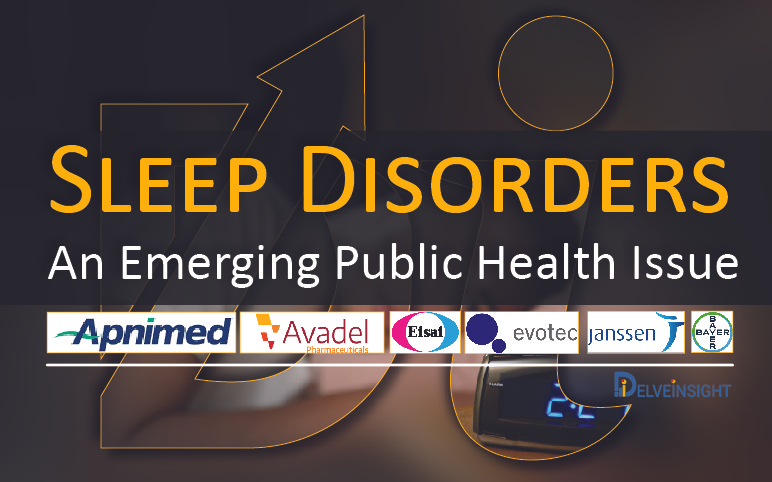The U.S. Food and Drug Administration has approved WAKIX (pitolisant) to treat excessive daytime sleepiness (EDS) in adult patients with narcolepsy.
The Narcolepsy therapy, developed by HARMONY therapeutics, is the first and the only treatment to get approval that is not labelled as a controlled substance by the US Drug Enforcement Administration (DEA). Last year in the month of May, Wakix secured both Breakthrough Therapy Designation and Fast Track Designation from the FDA which previously was designated Orphan Drug.
Administered orally once in a day, WAKIX is a selective histamine 3 (H₃) receptor antagonist/inverse agonist. The drug works by increasing the synthesis and release of histamine, a wake-promoting neurotransmitter in the brain. The most common side effects observed with WAKIX were insomnia, nausea and anxiety, which was seen in almost 5% of the patients at twice the rate of the placebo.
The approval was based on multicenter, randomized, double-blind, placebo-controlled clinical trials HARMONY 1 and HARMONY 1bis. These studies included a total of 261 patients who randomly received WAKIX, placebo, or active control. HARMONY 1 patients had a median age of 37 whereas HARMONY 1bis patients were around 40. In both the trials, WAKIX was able to prove beneficial with an improved EDS condition compared to placebo, as measured on the Epworth Sleepiness Scale (ESS).
As per the Narcolepsy Network Organization, Narcolepsy incidence was estimated to be around 1 in every 2,000 people in the United States in 2013.
Narcolepsy with cataplexy prevalence is estimated to be 25 to 50 per 100,000 people and an incidence of 0.74 per 100,000 person-years. Narcolepsy typically begins in the teens and early twenties, but occasionally occurs as early as five years of age or after 40 years of age affects both men and women equally. The narcolepsy type 2 prevalence (narcolepsy without cataplexy) however, is not fully studied yet.









-Agonist.png)


